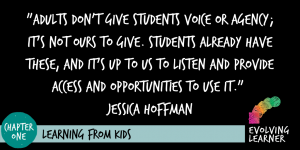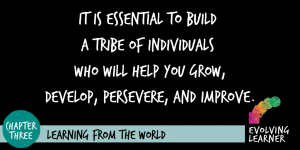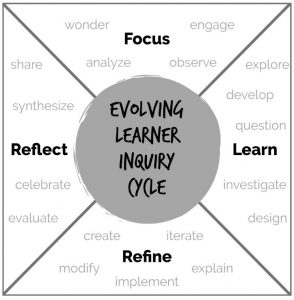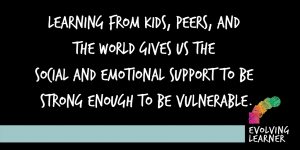The importance of social-emotional learning
“How do you feel each day in school?”
In a joint initiative between the Yale Center for Emotional Intelligence and the Born This Way Foundation, the Emotion Revolution study asked more than 22,000 middle and high school students across the United States this question. The top three responses: tired, bored, and stressed.
Teachers were also surveyed and their top responses were frustrated, stressed, and overwhelmed. Those responses were pre-pandemic and now, as we move closer to a post-pandemic reality, educators will likely be navigating in-person learning with students, families, and peers who have experienced trauma due to health issues, social injustice, and/or economic challenges. They may have even experienced trauma first-hand.
We know a decline in satisfaction at school or work means a decline in social-emotional health. And that’s where social-emotional learning (SEL) comes in. SEL is an essential part of the education conversation. So, it’s important to know how to implement SEL. Here are a few strategies SEL expert Lainie Rowell suggests
Learning about SEL from kids
Kids have a unique set of knowledge, skills, and dispositions. Programs like inspirEd focus on leveraging kids’ input. InspirED provides free resources, designed by teens, educators, and SEL experts to empower kids to collaboratively create a more positive school climate.
Even if you don’t adopt a program like inspirED, there are social and emotional learning strategies that won’t take a lot of time, but can have a big impact on learners of all ages. Check out 3 SEL Practices Teachers Can Use Every Day to create safe, equitable, empowering learning opportunities that can be implemented regardless of your teaching and learning situation (fully online, hybrid, or in person).
Learning about SEL from practice with peers
Explicitly teaching SEL to our kids is so important, but to truly teach SEL, we have to model it. Here are a few recommendations on practicing greater mindfulness:
- 5–2–5 breathing. Never underestimate the power of a breath, especially when working with kids and adults. Take a deep breath in for 5 seconds, hold it for 2, and then breathe out deeply for 5 seconds. Repeat. This creates a sustained calm and lowers anxiety.
- Identify feelings. With kids, the bursts of anger tend to be called tantrums, but with adults we see the same kind of burst of anger from burying deep emotions that will all of a sudden explode. Spend a moment to say, “I am feeling ______ because ______,” to identify the feeling and the “why” behind it. Naming our feeling helps us understand why we are suddenly having strong emotions.
- Improve collaboration. The next time you plan a meeting or professional learning experience with peers, consider how social and emotional practices can be integrated in meaningful ways. For ideas, check out CASEL’s video, SEL 3 Signature Practices: Adult SEL.
Continually improve in SEL through cycles of inquiry
Use the Cycle of Inquiry model from the book Evolving Learner to continue the development of your own social-emotional learning. Jay Shetty, a former monk turned storyteller, encourages us to “spot, stop, and swap” negative thoughts. This is an example of a cycle of inquiry for regulating emotions.
Key takeaways: improve your SEL today
Learning from kids, peers, and self-practice gives us the social and emotional support to be strong enough to be vulnerable. A cycle of inquiry provides a structure to challenge our beliefs through action research. The two combined give us the capacity to learn, unlearn, and relearn as needed.
How will you start to improve today? What is your focus? How will you learn, revise, and reflect?






